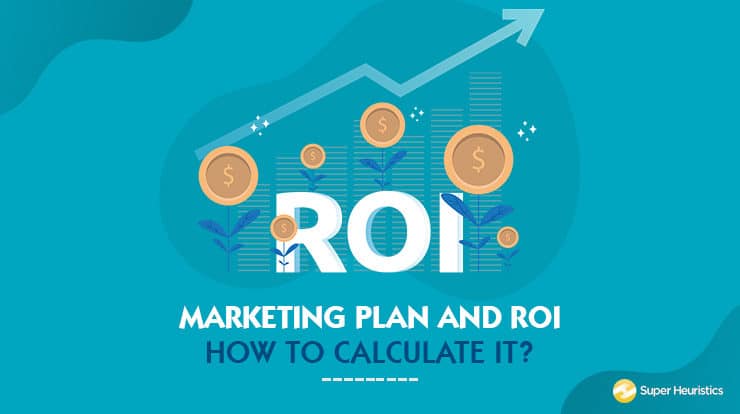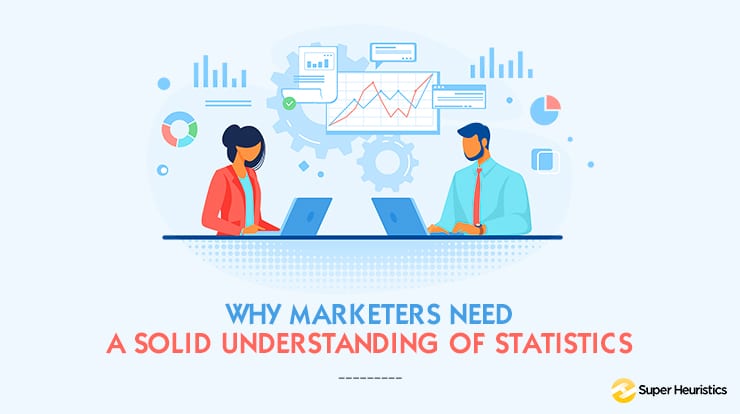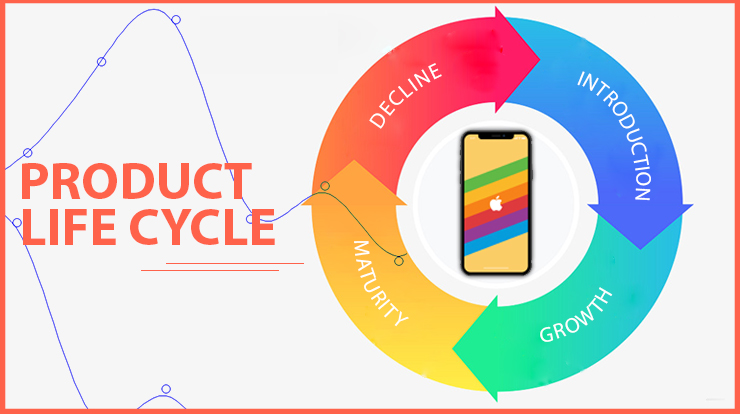
Do you know the amount of money businesses across the world are expected to spend annually in marketing, advertising and communications? Over 11% of the overall annual budget! In fact, the Pandemic skyrocketed marketing budgets beyond 12.6% only in May.
Companies which were maintaining a steady spend of close to 9% suddenly shot up to over 12%. The shockwaves of the pandemic shot marketing into high priority, and companies shifted focus to retaining customers and maintaining brand awareness.
With so much of money being spent, how do you know whether it is worthwhile or not? The answer is ROMI – Return on Marketing Investment.
If you are a marketer preparing a marketing plan, return on marketing investment is a key metric to talk about.
This article will take you through, in detail, of what is Return on Marketing Investments, why is it even important for marketers to calculate it, what are the considerations you need to take when calculating the ROI and what are the potential and relevant challenges that you are likely to face doing it.
Understanding the Marketing Spend
Scroll up again and read those numbers once more. Isn’t it mind-boggling to see the kind of investment companies are making towards marketing? It is huge!
The pandemic has drastically uprooted the ignorance towards marketing, more digital than offline. Corporations big and small have experienced first-hand the importance of effective advertising and targeted marketing.
However, companies still are uncertain of how and where to make marketing investment, especially in a growing digital world. Some are also brave enough to admit that they don’t understand what marketing should be like for them.

You would see this more in the case of B2B organizations that sustain for decades. They rely on a few key accounts gathered long back which they continue to serve. More so, this is extremely relevant in the case of technology companies that operate in B2B.
Atmel of the 90’s, the microprocessor manufacturer, is a good example of this. Whereas, Intel Corporation, which is in a similar business, is completely antipodal in its marketing expenditure. Intel takes marketing very seriously despite operating in a duopoly.
Observe organizations like IBM keenly. Though known out-and-out as a technology firm, IBM is a majorly marketing company, with no or minimal own production facilities. They outsource their products and market them themselves!
Now here’s my view in all of this. I am of the opinion that there should not be a ceiling for the marketing budget at all. Now, this is not the same as not having a marketing budget. Sure, you need to allocate some money to various aspects beforehand and it includes marketing as well.
But what I mean is that, if your marketing expeditions are hitting the nail on the head each time, and it is turning out to be a real profit minter for you, you as a decision maker must seriously consider crossing off your marketing budget.
I want to make sure you understand this. What I am getting at is that only in the situation where your marketing is generating an enormous amount of profit for you, and you see further potential, then you must, unhesitatingly re-route some of those profits back to marketing.
Sure, now how do you measure whether something in your marketing efforts is worth the while or not. That’s where the Return on Marketing Investment comes in.
What is Return on Marketing Investment?
Before I dive right into the concept, here is an introductory video of what ROI means in marketing.
Return on Marketing Investment, or ROMI, as it is being called of late, is just what it sounds. It is a way to measure the returns that your company is generating on every unit of marketing money being spent. It is a calculation that assesses whether your marketing activity was a success or not.
Marketing ROI is important to marketers and companies for various reasons –
Calculating Return on Marketing Investment
But, how is ROI of your marketing campaigns calculated?
Calculating the Return on Marketing Investment is just like any Return on Investment calculation. You need to take into account the following 2 things –
- 1Marketing Expenditure
- 2Gross Profit from the Marketing Effort

The aim is to have a figure greater than 1. If the marketing ROI is 1, then it means that you have broken even on your marketing investment.
It is important to note that you use gross profit, i.e. profit earned after deducting costs associated with making the product.
Gross Profit = Revenues - Cost of Goods Sold
Consider this scenario – You spent ₹150,000 on marketing and got in revenues worth ₹300,000.
The margin you have per product is 50%, meaning that the cost of goods sold is ₹150,000. So, your gross margin is ₹150,000.

The goal, therefore, is to have an ROI that is as high as possible. If you are not making money from your marketing expenditure, you might as well put it in the bank and earn some interest from the same!
Companies often factor in several risks and pre-decide an ROI that they want to target. Then they work towards achieving the same. This also includes taking into account the cost of capital, since firms usually borrow money from investors, banks, or from the market.
Considerations while Calculating Marketing ROI
Calculating Marketing ROI is not as straightforward as it seems. Sure, we have seen a formula that seems incredibly simple, but there are various challenges involved in this calculation.
First of all, arriving at the marketing investment itself is a task.

Some organizations prefer to take only the cost of buying media spots, whereas others include everything right from the cost of the marketing agency involved in the cost of airing the marketing campaign. It is always advisable to take the entire cost, including the marketing agency commission. This makes your calculation robust.
The second consideration is to determine what is the incremental value you are gaining by spending on marketing activities?
This means, in absence of the marketing activity, how much revenue would your company have generated? Unless you know this, you will never be able to determine the true impact of your marketing activity.
In order to determine the same, you can do several A/B tests by choosing two different test markets that behave in a similar manner and then run marketing campaigns only in one of them. This will help you in estimating the revenue lift as a result of marketing activities.
Challenges in Marketing ROI
Conclusion
As you saw, calculating the marketing ROI is not as simple as it may appear.
It is important to understand that factors such as what value to take for marketing expenditure, which channels to give how much attribution to, and how much split of new vs old customers to consider differ from company to company.
For the sake of simplicity, we will go with the marketing ROI calculation we have seen above. It holds well in most of the cases.
Sure, while calculating the Return on Marketing Investment is easier in the case of digital marketing initiatives, it becomes a hell lot difficult on the offline campaigns. Astute calculation considering relevant points and challenges that I mentioned above will make you benefit from it.






